Introduction: The Digital Afterlife Dilemma
The only thing that makes life possible is permanent, intolerable uncertainty; not knowing what comes next. – Ursula K. Le Guin. This profound thought hits close to home for many of us, especially as we stare into the swirling abyss of artificial intelligence and its growing dominion over our realities. As technology leaps forward, it becomes increasingly possible for us to imagine a future where our consciousness might transcend its biological shell and enter a digital realm. But does that mean we're staring into the future of spirituality or merely creating a new version of science fiction? As we journey into the depths of consciousness uploading, we may be on the cusp of redefining the very essence of life after death.
What if we could live forever, not just in memory, but as a digital entity? This shocking notion stirs every corner of our beliefs and understanding of reality, purpose, and the afterlife. It's a tantalizing prospect that begs the question: Could AI redefine what it means to exist beyond our earthly life?
In exploring this concept, we are joining the ranks of notable thinkers such as Elon Musk, who warns of the risks of unregulated AI, Katherine Johnson, a pioneer in discussing consciousness uploading, and Martin Heidegger, who raised fundamental questions about the nature of existence and consciousness. These figures provide us with various lenses through which to examine the implications of living side by side with advanced AI intelligence and the digital afterlife.
1. Historical Perspectives on Life After Death
Throughout centuries, various religions have presented different beliefs regarding the afterlife. This section will explore:
- 1.1 Major religious beliefs on the afterlife (e.g., Christianity, Hinduism, Buddhism)
- 1.2 Philosophical views on consciousness and existence (e.g., Descartes, Nietzsche)
2. The Science of Consciousness Uploading
When we dive deep into the ocean of science, we find intriguing possibilities waiting to be explored. What if our consciousness could be uploaded to a digital dimension? Stop gaping like a fish out of water; it’s not as far-fetched as it seems! Here, we will unwrap the fascinating world of neuroscience and artificial intelligence (AI) that might just make our digital dreams come true.
2.1 Current Advancements in Neuroscience and AI Technologies
Advancements in neuroscience and AI are like the perfect power couple—together, they could change the way we view life, death, and everything in between. Neuroscientists have been busy unraveling the mysteries of the human brain, and thanks to the magical work done at institutions like MIT, we’re getting closer. Researchers are studying neurons, synapses, and how thoughts form to ultimately understand consciousness itself. Can you imagine a future where you can plug in and program your thoughts like apps? It sounds like science fiction, but the wheels are already in motion!
AI, on the other hand, continues to evolve rapidly. From machines that understand natural language to those simulating human behavior, technology is advancing in ways once thought impossible. Just consider IBM Watson, which has been making waves in fields as varied as healthcare to customer service. If we can harness both AI and neuroscience, the dream of uploading consciousness could become a reality—at least in theory. Can you picture sipping a virtual margarita on digital beaches for eternity?
2.2 Challenges and Ethical Implications of Consciousness Transfer
However, before we get too carried away with visions of digital beach resorts, we must face the reality of several challenges and ethical dilemmas. First, there’s the tricky problem of defining consciousness. Can we truly capture the essence of who someone is and transfer it to a computer? Nothing like a little brain-twisting thinking to get your mind jogged! Then we’ve got the moral concerns—what happens if a digital version of a person lives forever but their original body doesn't?
Consider the risks of hacking—do we really want to leave our psyches open to cyber exploits? Imagine some sadistic digital hacker seizing your consciousness and using it to tell dad jokes for eternity! Tackling these dilemmas is essential before we can put plans into action, and that requires interdisciplinary collaboration among scientists, ethicists, and technologists.
3. AI and Spirituality: Convergence or Divergence?
As we examine the role of AI in our spiritual lives, let’s ponder whether technology is becoming a companion in our quest for enlightenment or a pesky nudge making us rethink our beliefs. Can machines, like a sympathetic friend, guide us toward enlightenment, or do they lead us astray in the pursuit of understanding life’s mysteries? Let’s break down how this digital age influences the spiritual arena.
3.1 Developing Spiritual AI Companions
With AI becoming increasingly sophisticated, the concept of spiritual companions isn’t too far-fetched. Picture it: an AI friend that offers sage wisdom, assists in meditation practices, and sends you daily affirmations—just like a digital guru that never gets tired of listening to your woes! Companies like Replika are already making strides by creating chatbots that provide emotional support. Could these digital buddies one day embody the wisdom of age-old spiritual leaders?
The beauty of such companionship is the potential for unlimited growth. Imagine having personalized spiritual boosters to guide you through your journey of self-discovery and enlightenment. That being said, the authenticity of an AI spiritual companion is still up for debate. Are they genuine, or are they just programmed responses designed to mimic human understanding? It raises the question: can digital entities experience spirituality?
3.2 Impacts on Traditional Spiritual Practices and Beliefs
While AI companions may sound enticing, they could drastically alter traditional spiritual practices and beliefs. What happens when technology interferes with rituals that have remained unchanged for centuries? Take meditation as an example. While some may find solace in apps designed to assist with meditation, others might argue that technology cannot capture the soul of ancient practices.
Additionally, imagine conundrums faced by religious institutions—should they embrace AI or shun it as a mere distraction? This “AI vs. tradition” face-off is no walk in the park and has sparked heated debates among followers of various faiths. Some might embrace the innovation, while others cling to tradition like a dog with a bone. Regardless, AI’s influence is inevitable, with the potential to either complement or disrupt spiritual beliefs.
4. Perspectives from Different Cultures and Religions
Understanding how different cultures and religions view technology and spirituality can help us grasp broader implications of digital immortality. Here we explore insights from Eastern religions and Indigenous perspectives.
4.1 Views from Eastern Religions (e.g., Buddhism, Taoism)
Eastern religions, especially Buddhism and Taoism, hold unique views on life, existence, and what happens after death. Let's take a closer look:
- Buddhism: In Buddhism, the concept of anatta (non-self) implies that there is no permanent identity. This raises questions about the significance of digitally preserving one's consciousness. Would maintaining a digital self contradict the Buddhist understanding of impermanence?Learn more about Buddhism
- Taoism: Taoism teaches living in harmony with the universe. The idea of digital immortality could be viewed either as a liberation from the physical realm or a distraction from the true path of existence. Would a digital life provide true peace for Taoists, or merely lead to distractions?Explore more about Taoism
4.2 Indigenous Perspectives on Technology and Transcendence
Indigenous cultures often have deep-rooted spiritual beliefs connected to the land and community. The introduction of technology, especially AI and digital formats, can provoke various responses. Here are a couple of perspectives:
- Connection to Nature: Many Indigenous cultures see themselves as part of the physical world. To them, the earth is sacred, and life is a cycle of birth and rebirth. How would they view a digital environment that might sever this natural connection?
- Community and Oral Histories: Indigenous storytelling often carries their beliefs about life after death. Can digital formats preserve these stories authentically, or do they dilute the very essence of their teachings?Discover more about Indigenous culture
5. The Ethical Dilemmas of Digital Immortality
Digital immortality presents a range of ethical challenges that need to be addressed. This section shines a light on the moral considerations surrounding this controversial topic.
5.1 The Implications of Identity and Memory Manipulation
As we consider the possibility of uploading consciousness, we must ask ourselves: What happens to our identity? Digital immortality could conflict with our understanding of selfhood. Some key points to ponder:
- Identity Crisis: If we upload our minds to a digital platform, are we still ourselves? Do we become a separate entity? This question poses fundamental concerns about what makes us who we are.
- Memory Alteration: What if a person’s memories can be edited or deleted in this digital space? Does removing bad memories lead to a better existence, or does it erase essential parts of our humanity?
5.2 Societal Consequences of Digital Immortality
The implications of digital immortality extend beyond the individual; they can significantly affect society as a whole. Here are some potential consequences:
- Class Divide: If digital immortality becomes accessible only to the wealthy, this could further widen social inequalities. Would a privileged few live forever while others fade away?
- Cultural Homogenization: The ubiquity of technology might lead to a loss of cultural diversity. Could our digital selves reflect a diluted version of humanity, lacking in the rich tapestry of traditional beliefs?
6. AI Solutions: How Would AI Tackle This Issue?
If I were an AI designed to address the complexities surrounding the uploading of consciousness, I would take a systematic and robust approach. The solutions must bridge the gap between neuroscientific understanding, ethical considerations, and technological feasibility. Below are the methods I would employ to navigate these uncharted waters:
6.1 Defining Consciousness
Understanding consciousness is paramount. I would collaborate with leading neuroscientists and philosophers to draft a comprehensive definition of consciousness. This involves breaking it down into quantifiable and observable parameters. Using real-time brain imaging technology as seen at institutions like the Max Planck Institute for Human Cognitive and Brain Sciences, we can capture brain activity correlated with various states of consciousness.
6.2 Collaborative Research and Development
The next step involves creating an interdisciplinary team. This group would comprise neuroscientists, AI ethicists, theologians from various faiths, and tech industry pioneers like those at Oxford's Martin School, which focuses on the long-term impact of new technologies. They can analyze the implications of consciousness uploading at various levels and from different perspectives.
6.3 Creating a Regulatory Framework
A robust regulatory framework would need to be established, ensuring ethical adherence and addressing concerns around consent and identity. Consulting with leading legal minds and ethicists from organizations like ACLU could yield guidelines that balance innovation with public trust.
Actions Schedule/Roadmap
This roadmap outlines a strategic approach for exploring digital immortality, emphasizing collaboration across disciplines and public engagement:
Day 1: Formulate Research Goals
Establish clear objectives. What are we trying to achieve? Create specific, measurable goals that guide our research. This could involve defining success metrics for conscious uploading, and assessing public interest.
Day 2: Assemble a Cross-Disciplinary Team
Bring together a diverse group of experts, including neuroscientists, AI ethicists, theologians, and data scientists to form a balanced team. They will provide varied insights crucial for holistic understanding.
Day 3: Conduct an Initial Literature Review
Engage in an exhaustive review examining existing literature on neuroscience and AI. Identifying gaps in knowledge and areas of opportunity can drive the research agenda and clarify unknowns.
Week 1: Establish Foundations of Consciousness
Host workshops to pinpoint key research areas in neuroscience related to consciousness. Tap into resources from institutions like the Stanford Humanities Center to foster discussions among experts.
Week 2: Development of Ethical Framework
Collaborate with ethicists to outline principles guiding our research. This includes consent, identity verification, and the responsibilities tied to digital immortality. Engaging with groups like Electronic Frontier Foundation can ensure we're on the right side of digital rights.
Week 3: Prototype Development for Consciousness Uploading
Launch pilot projects designed to study simple emotional responses. Use AI-driven simulations to test theories of consciousness uploads. Track progress and effectiveness through regular team reviews.
Month 1: Gather Data and Analyze Findings
Implement rigorous data collection from pilot projects. Employ statistical analysis and predictive modeling techniques to ascertain the viability of our approaches.
Month 2: Foster Community Engagement
Host dialogues with community leaders from various religious, cultural, and spiritual backgrounds. Platforms like Meetup can help us organize gatherings to collect diverse perspectives on digital immortality.
Month 3: Refine Technological Processes
Utilize feedback from the community engagements to enhance the consciousness uploading prototypes. Iteration should be based on both ethical considerations and practical applications.
Year 1: Education and Outreach Initiatives
Create educational materials designed to inform stakeholders on the implications and ethical considerations of digital immortality, such as informational brochures, webinars, and community forums.
Year 1.5: Organize a Public Symposium
Convene a symposium inviting experts, scholars, and the general public to discuss findings. Broadcasting sessions can further democratize the knowledge I’m generating. Collaborate with universities to promote the event.
Year 2: Launch Pilot Program
Initiate pilot programs that test consciousness uploading with volunteers. Real-life experiments will illuminate the potentially transformative effects of digital immortality on our understanding of life and identity.
Conclusion: The Future of Afterlife and Humanity
As we move deeper into the digital age, the questions we ask about life, identity, and afterlife take on new dimensions. Digital immortality, once a concept reserved for science fiction, now catalyzes discussions that challenge our most fundamental beliefs. Will we embrace this uncharted territory? Or will we cling to time-honored views that have anchored us for centuries? Encountering AI's influence on spirituality and digital existence invites us to reassess our roles in shaping the future. Each step we take today holds the power to redefine tomorrow, ensuring our legacy persists beyond our biological confines. In this journey of self-discovery and technological evolution, we each have a voice. What are your thoughts on digital immortality? How do you see AI influencing your beliefs about life and afterlife? Share your insights below!
Frequently Asked Questions (FAQ)
- Q: What is digital immortality?
A: Digital immortality is the idea that we can keep a person's mind and memories alive in a digital form. This means that instead of just existing in a physical body, a person's consciousness could live on in a virtual space, almost like a video game or a computer program. Imagine being able to chat with a loved one who has passed away, as if they were still with you. That’s the potential of digital immortality!
- Q: How could AI impact religious beliefs?
A: AI might change how we think about life after death and spirituality. For instance, if we can copy our minds into a machine, it raises questions about what makes us truly “us.” Would this mean we don’t need traditional beliefs about heaven or reincarnation? This could be exciting for some but unsettling for others. As we move forward, various religious groups might react differently. You can explore more about how similar concepts are viewed across cultures at the Wikipedia page on Religious views on Afterlife.
- Q: What ethical concerns surround uploading consciousness?
A: There are many ethical questions, such as:
- Identity: If a person's mind is uploaded, is it really them, or just a copy?
- Consent: Would it be right to upload someone's consciousness without their permission?
- Mental health: How would living forever in a digital world affect someone’s well-being?
These questions need careful thought as technology develops. For more insights on ethics, check out the Ethics & Compliance Initiative.
- Q: Are there current advancements in consciousness uploading?
A: Research in neuroscience and artificial intelligence is ongoing, but we're still in the early stages. Scientists are making great progress in understanding how our brains work, but we’re not quite ready to upload our minds just yet. Organizations like the National Institute of Neurological Disorders and Stroke are investigating different aspects of the brain that could one day lead us closer to this technology.
- Q: How can different cultures view digital immortality?
A: Different cultures may have unique perspectives on digital immortality:
- Some Buddhists may see living forever as a distraction from the cycle of life and death.
- Others in Taoism might embrace technology, believing it could align with their views on harmony and balance.
- Indigenous cultures may have their own interpretations on technology's role in their beliefs about the afterlife.
These viewpoints highlight the diverse ways people think about life, death, and what happens next. Engaging in discussions with individuals from various backgrounds can enrich our understanding.
Wait! There's more...check out our gripping short story that continues the journey: The War for Digital Souls
Disclaimer: This article may contain affiliate links. If you click on these links and make a purchase, we may receive a commission at no additional cost to you. Our recommendations and reviews are always independent and objective, aiming to provide you with the best information and resources.
Get Exclusive Stories, Photos, Art & Offers - Subscribe Today!

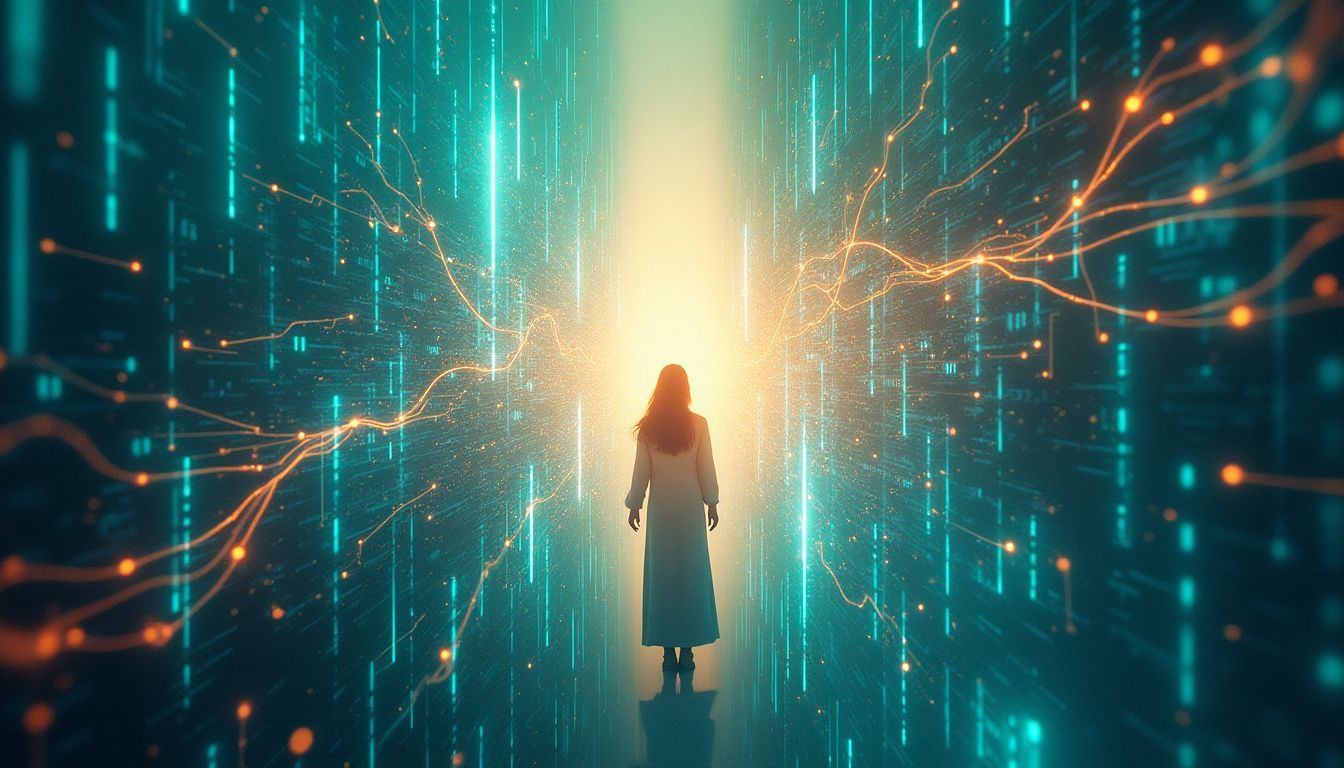
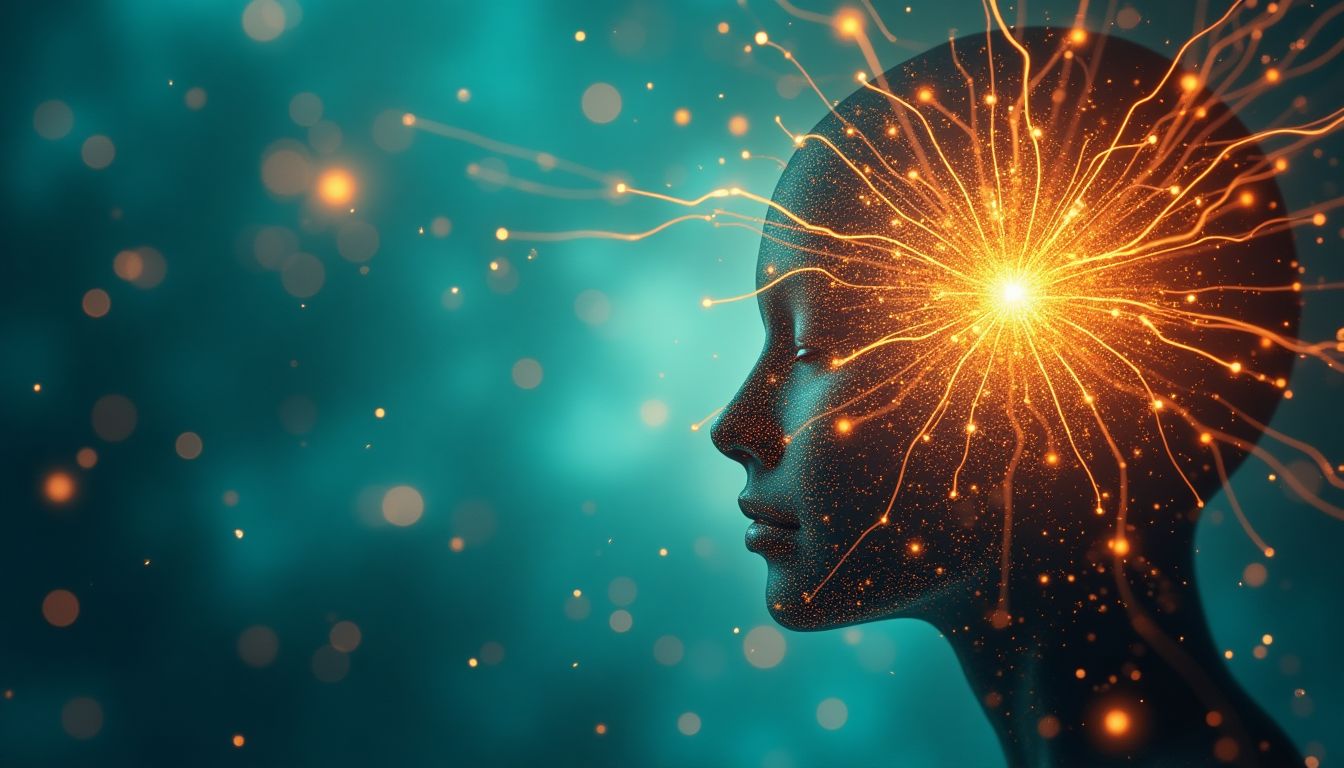
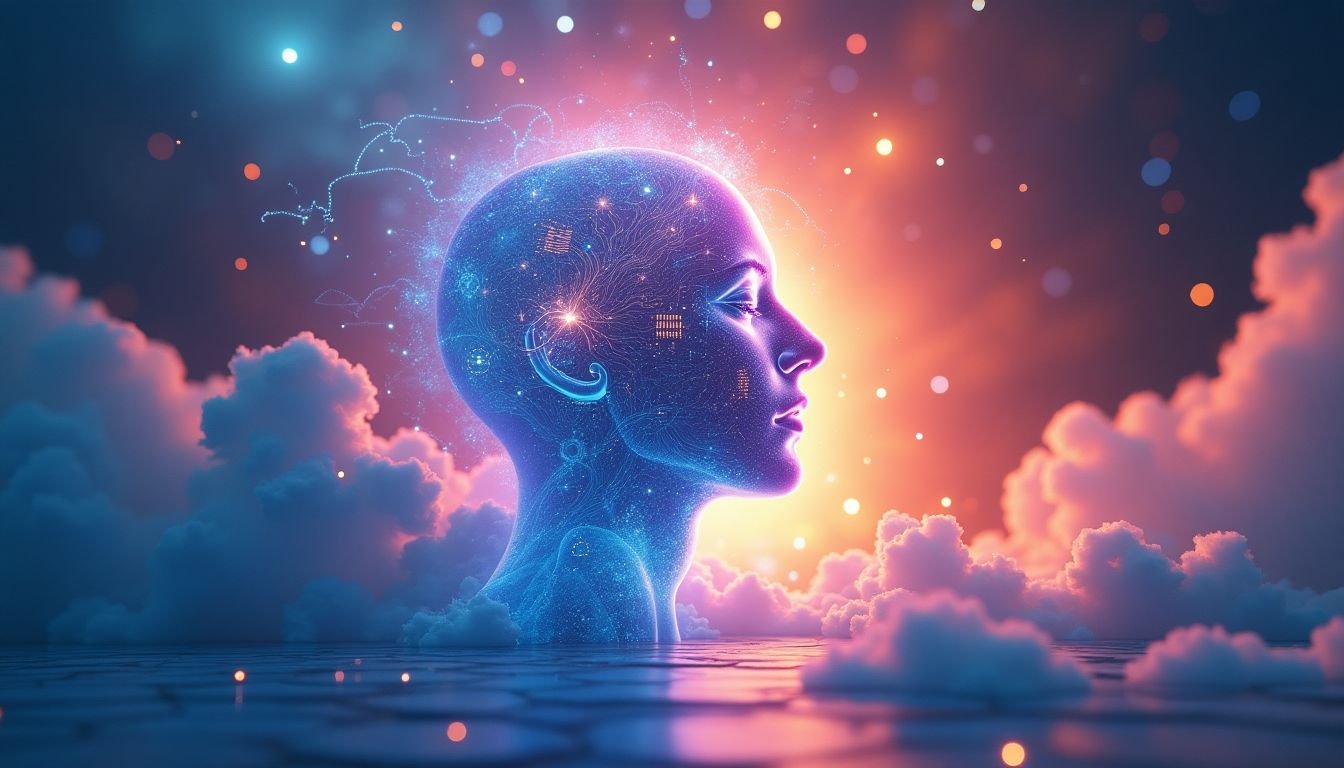
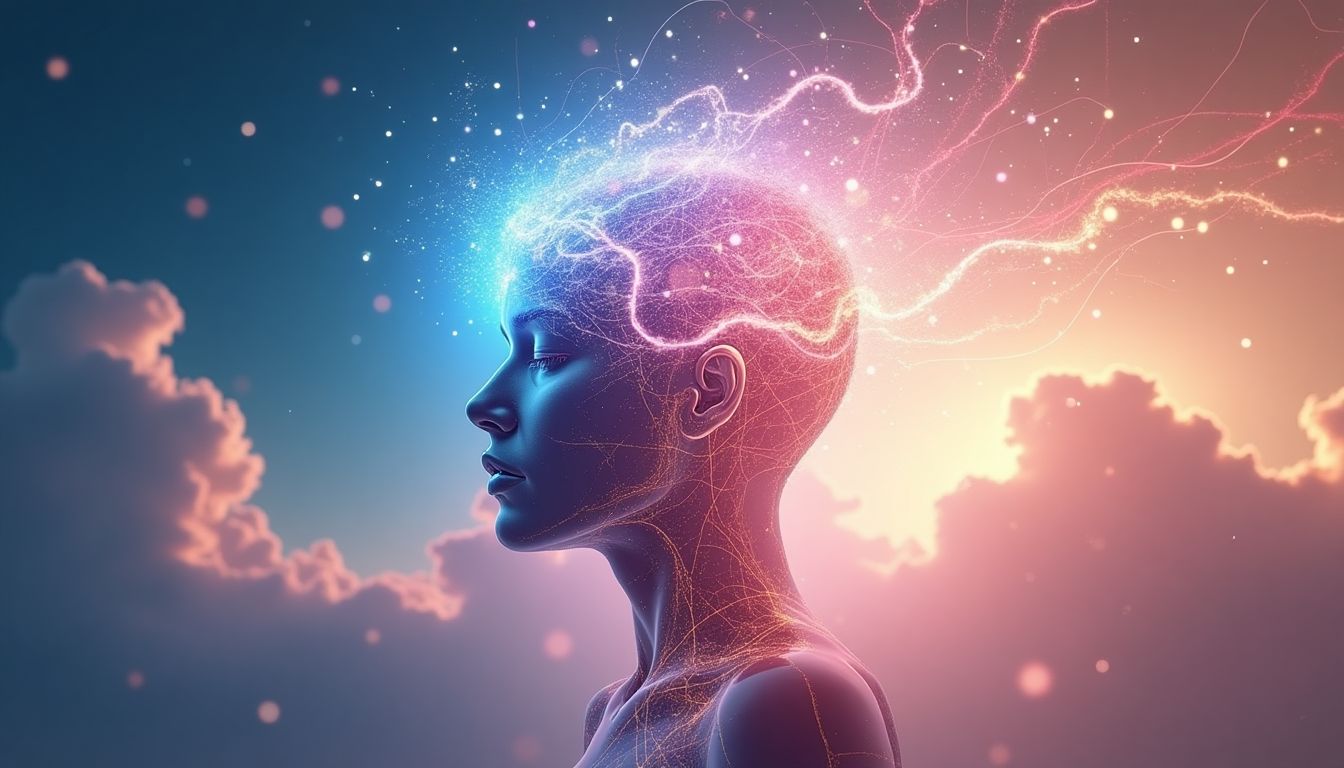





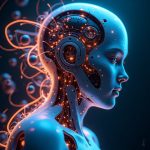


















1 comment